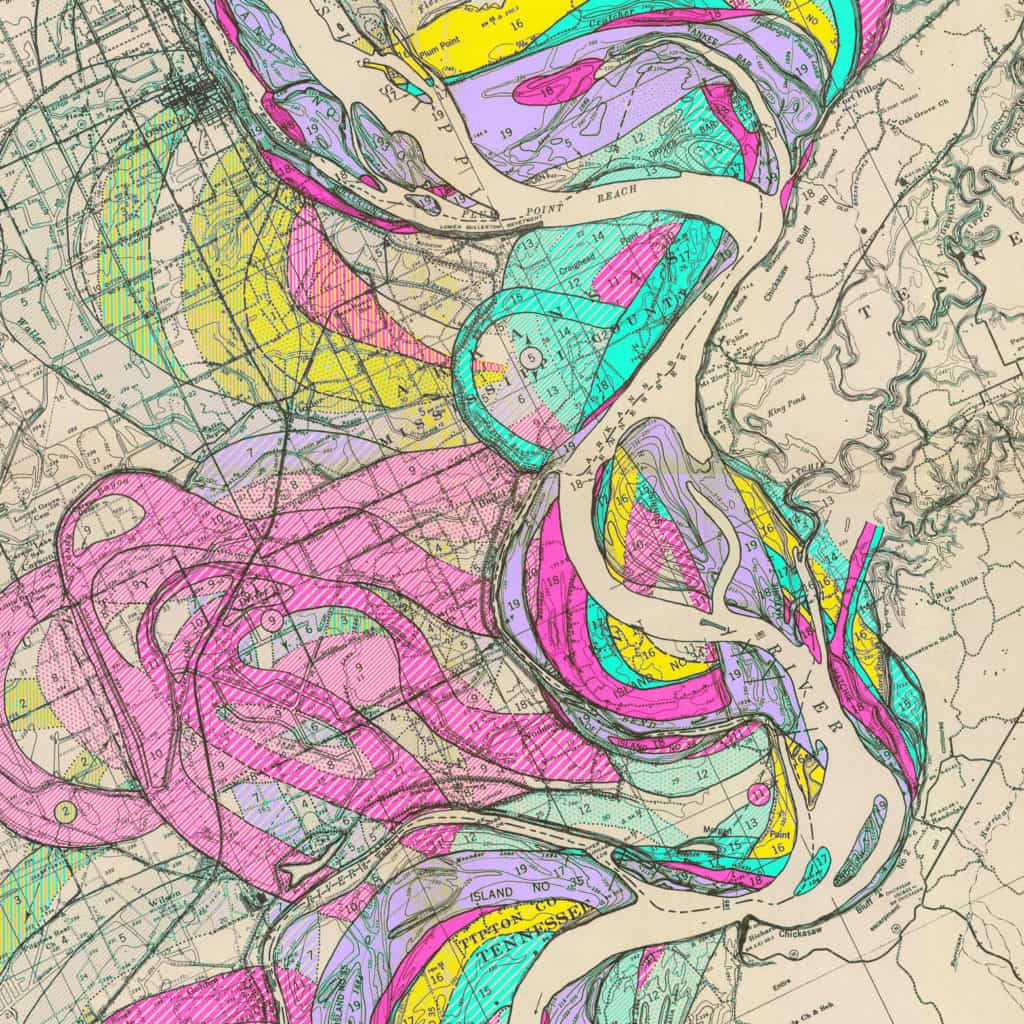
LA CHAMBRE BLANCHE welcomes Catalan artist Quelic Berga for a residency part of the exchange program with the Bòlit centre of Girona with the support of the Ramon Llull Institute. This residency takes place between September 19 and November 19, 2017. The public is invited to visit the exhibition space in the presence of the artist from 5pm to 7pm on October 12.
Quelic Berga is a post-media artist, a researcher and a multimedia developer. He is concerned with the ways technologies shape our world and how we perceive it. Through his work he questions the need for technology to adjust to a human scale. He is also interested in how art can be a tool to research, and how artistic research can become a way to transfer knowledge.
During his residency, he intends to use LA CHAMBRE BLANCHE’s exhibition space as an experimentation laboratory open to the public. He will work on making visible the various research and investigation processes he uses. For this project he plans to develop part of the software that he will present for his PhD thesis. He intends to explore new methods of film editing. He will focus on ways to modify film montage in real time, based on user data or other type, such as goelocalization, local time or weather data.
The Catalan artist wishes to interact with local artists, filmmakers, dancers and performers that want to explore the possibilities of film montage parameterization. For Berga, showing the algorithm decisions is something highly important, as a way to raise awareness of the processes and decisions taken for us by machines.
Quelic Berga graduated in audiovisuals and multimedia at the ERAM – University of Girona (Catalonia), master in Graphical Interface Design at the University of Lincoln (UK). He is a PhD student on Generative Audiovisual Editing at the Network and Information Technologies program (Universitat Oberta de Catalunya). He is the winner of several digital art prizes, he has shown his works in Spain, France, Serbia, Helsinki, Italy and Singapore. He has given talks and workshops at several institutions on art and technology.


 Català
Català Español
Español





Comments by admin